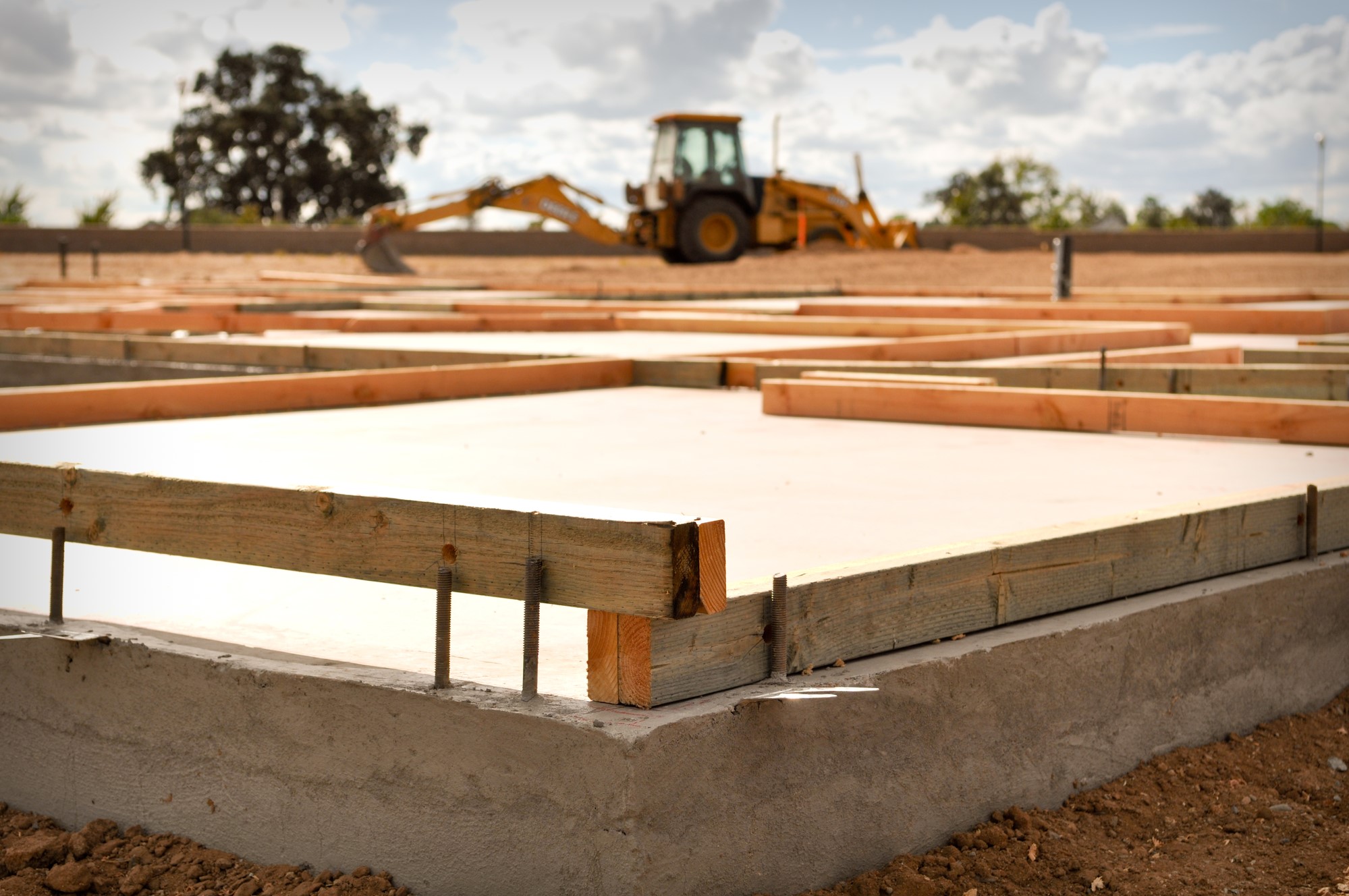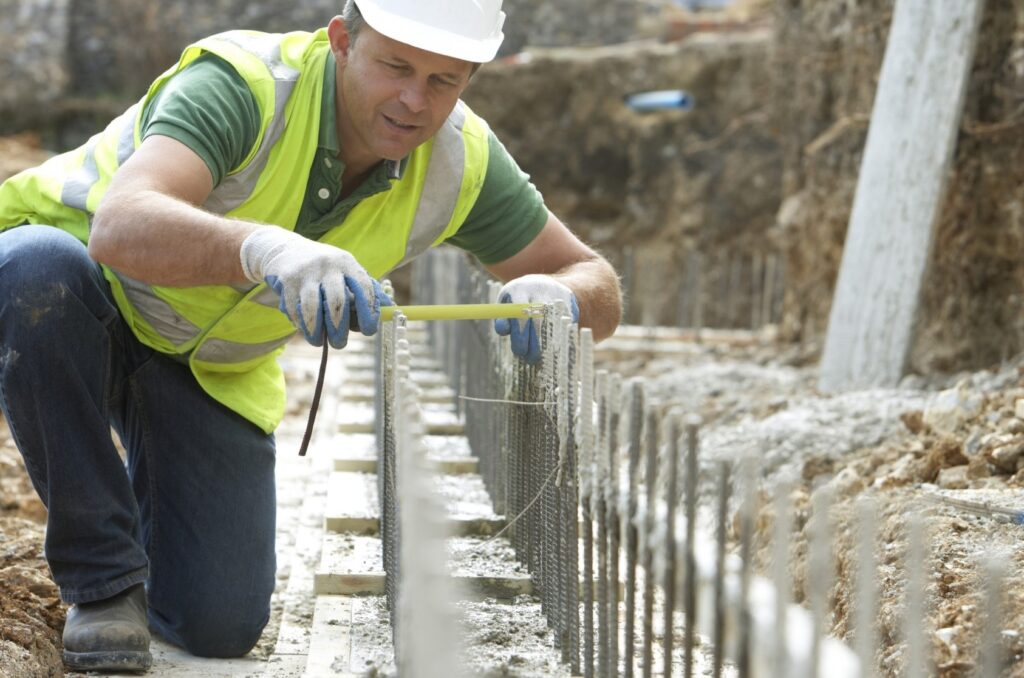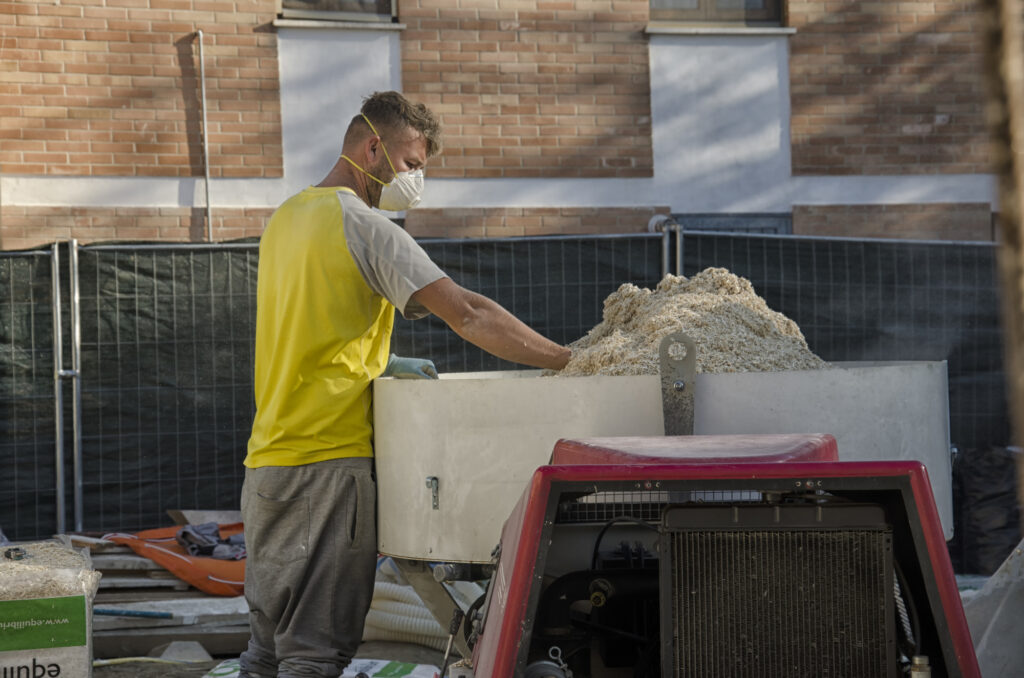Concrete, the most widely used construction material on the planet, has a serious pollution problem. Accounting for about 7% of carbon emissions per year (approximately 2.8 gigatons of CO2), if concrete were a country it would rank third behind China and the United States in terms of total emissions. Concrete, used to construct roads, bridges, homes, and monuments for centuries, needs to change to mitigate the effects of climate change. Fortunately, a variety of new, green concrete options are emerging to lower the embodied carbon of homes and buildings and help achieve global climate goals.
Concrete carbon emissions come from cement
Concrete is made of cement, water, and aggregates (such as crushed stone, sand, and gravel), as well as chemical admixtures to increase durability, workability, or resilience to environmental factors.
The cement is usually made of clay, limestone, or iron ore and serves as the main binder of concrete. Portland cement, the most common type of cement, forms by heating limestone and clay to blistering temperatures, which produces clinker—a dense, hard substance that’s then ground into a fine powder to form cement. This formation process is extremely energy intensive and requires the burning of coal, oil, and other fossil fuels. Additionally, when limestone is heated, it produces quicklime, releasing CO2 as a byproduct. Altogether, this produces the equivalent of 0.98 tons of CO2 per ton of clinker, of which 0.46 tons are attributable to fuel combustion (source: EPA 2010). That’s gigatons of carbon emissions annually!
Green concrete solutions
The demand for green concrete options has led to innovations in cement and concrete production. A recent partnership between CEMEX, a construction materials company, and Synhelion, a solar fuel company, has produced the world’s first “solar clinker.” The two companies replaced the fossil fuels used during production of clinker with solar power.
Reducing the cement content of concrete in the first place presents another option for reducing the carbon footprint of the industry. Fly ash, a byproduct of coal-fired power plants, and slag, a byproduct of steel production, are being used to reduce the amount of cement needed in mixes. These materials come with the added benefit of diverting industrial waste from landfills, reducing the cost of disposal, and they improve the performance of concrete. However, as coal plants retire and steel production decreases causing material scarcity, prices have increased, adding to the urgency to find concrete alternatives.
Recycled aggregate concrete (RAC) is another alternative, creating new, green concrete by recycling old concrete and debris for use as aggregate. RAC uses crushed up, reclaimed concrete (and sometimes asphalt), saving money and energy, especially when recycled on-site. The LEED rating system recognizes RAC in its point system. Often, recycled aggregate is combined with virgin aggregate when used in new concrete.
Green concrete via carbon capture and sequestration
A new approach to green concrete consumes waste carbon dioxide during the production of concrete in a process known as carbon sequestration. Carbon sequestration during the production of concrete involves capturing emitted carbon and storing it within the concrete structure. This provides both carbon footprint reduction in buildings and homes, as well as a means for long-term, stable carbon storage.
CarbonCure Technologies, a climate tech company from Nova Scotia, Canada, specializes in injecting captured CO2 during the concrete mixing process, thereby diverting CO2 from the atmosphere. The injected CO2 reacts and mineralizes (solidifies) within the mix, increasing the overall compressive strength of the concrete. This lets builders reduce the cement content of the concrete mix, and therefore the embodied carbon. Recently, CarbonCure provided their technology to concrete companies that built the new LinkedIn headquarters in Mountain View, CA.
Carbon Upcycling, a waste and carbon utilization company based in Calgary, AB, Canada, focuses on closing the carbon cycle. They capture CO2 then bind it to cement feedstocks, sequestering carbon emissions within. Dante Luu, Carbon Upcycling’s Marketing and PR Associate, described the reactor process as taking “the big particles of industrial byproducts or natural minerals and breaking them apart into smaller particles, which make them more reactive to the CO2.” Carbon Upcycling’s technology works with fly ash, silicates, aggregate fines, and more, so cement producers can leverage locally available feedstocks, keeping costs and emissions low. Recently, Carbon Upcycling’s consumer brand Oco partnered with Matt Concrete to offer concrete paneling made from carbon-captured materials. This presents architects and builders with a low-emissions option.
- Construction worker laying foundation
- Mason with mask mixing lime and hemp
Hempcrete alternative
Hempcrete is another green concrete alternative. Hempcrete utilizes plant matter and fibers from woody hemp to create insulation and building materials for construction. The benefits of hempcrete include fire resistance, decreased energy consumption used for indoor heating and cooling, and it repels pests. Additionally, hemp is a fast-growing and renewable resource, making it especially sustainable compared to regular concrete for insulation purposes. Though the mechanical performance of hemp concrete is far inferior in terms of compressive strength. Companies like IsoHemp, a Belgian building materials company, make hempcrete blocks for construction, flooring, and roofs; however, they are not widely available outside of Europe. Despite the many benefits of hempcrete, the lack of raw materials and production facilities renders it uncommon in the US.
Market forces
Builders, architects, and consumers must pull for lower carbon options for concrete in buildings and homes. This is further supported by the growing government initiatives to promote the use of environmental-friendly building materials. Where producers see demand for green concrete options, they will source concrete alternatives and invest in carbon sequestration technologies. This push for decarbonization of concrete mixes and practices will then accelerate the uptake of new technologies and drive costs lower.
As green concrete becomes cost-effective, rapid technological advancements and growing R&D activities can produce enhanced products. One market study projects the global green concrete industry to expand 10.6% annually between 2023 and 2028.
The author:
Nathalie Gee is a recent graduate of Barnard College of Columbia University, where she majored in environmental science. She is a freelance writer focused on sustainability and climate topics.
Our team researches products, companies, studies, and techniques to bring you the best of zero building. Zero Energy Project does not independently verify the accuracy of all claims regarding featured products, manufacturers, or linked articles. Additionally, product and brand mentions on Zero Energy Project do not imply endorsement or sponsorship unless specified otherwise.




Fluix says:
Bcause green concrete is a fairly new approach in modern construction, this technology requires even more control and automation of the work process.